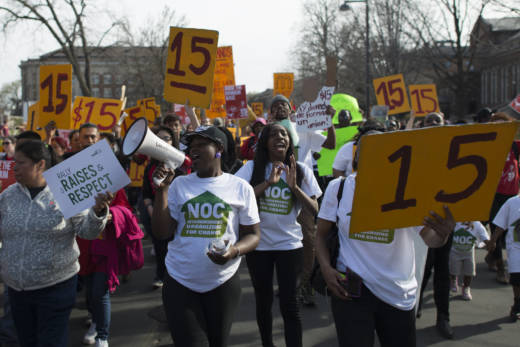[http_redir]
More than 4 million low-wage workers started out the new year with a pay hike.
Minimum wages in 19 states went up on January 1, adding more than $4.2 billion in additional wages, according to an analysis by the liberal-leaning Economic Policy Institute. In seven of these states, the increases were modest -- just 5 to 10 cents -- the result of inflation indexing as measured by the federal Consumer Price Index.
But in the 12 states where wage increases came about through voter approved ballot measures or legislation, minimum wage workers received a significant jump overnight in hourly earnings: anywhere from 40 cents in Michigan and 50 cents in California, to a whopping $1.95 in Arizona. In most of these states, wages will also continue to increase annually.
States with minimum wage increases
(includes Oregon and Maryland, where wages will increase in July)
Map data sources: Economic Policy Institute; National Conference of State Legislatures
